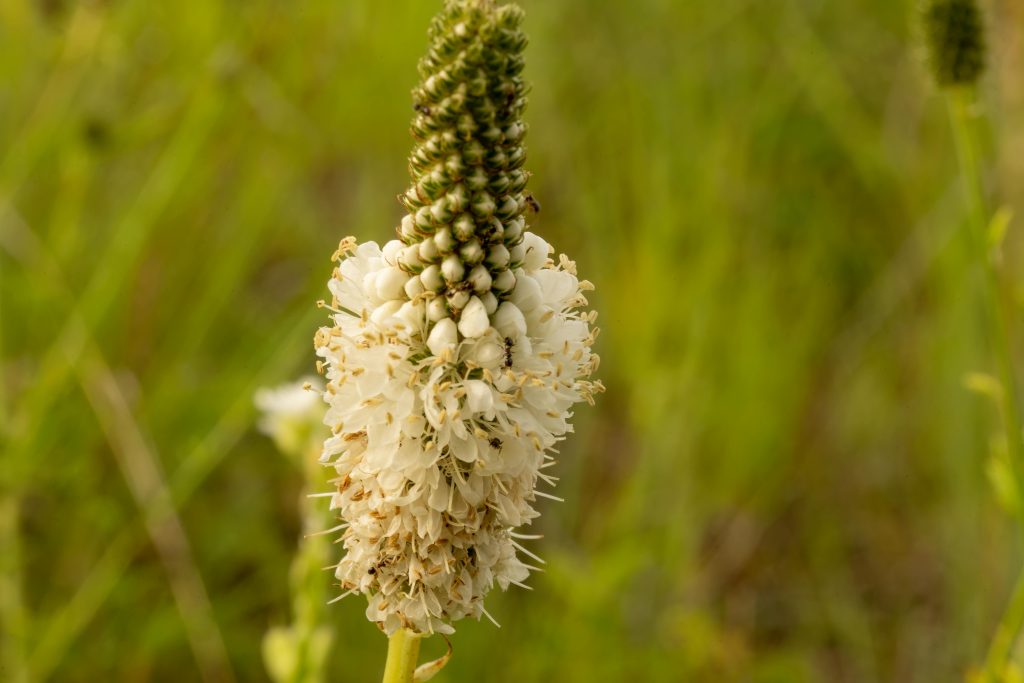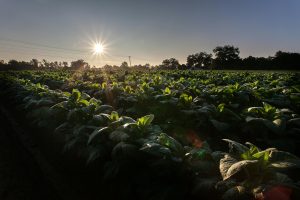Gypsum in Fall Soil Prep: Building a Strong Foundation for Spring Vegetables
Every successful vegetable garden begins with healthy soil. Fertile soil is not only about nutrients but also about structure, drainage, and the ability to support

Perennials are the workhorses of your landscape—returning year after year with colorful blooms, lush foliage, and enduring charm. But what ensures their long-term health and performance isn’t just pruning or dividing—it’s proper fall nutrition. As the growing season winds down, applying the right fertilizer can make the difference between a weak spring start and a flourishing return. That’s where 10-10-10 Complete Lawn and Garden Granular Fertilizer with Micronutrients from Supply Solutions LLC comes in.
In this comprehensive guide, we’ll explore why fall fertilization is a game-changer for perennials, how Triple 10 supports strong roots and overwintering, and how to apply it for best results across your garden.
While most gardeners reach for fertilizer in spring, it’s fall that offers the most strategic timing for feeding perennials. That’s because:
Skipping fall fertilization can mean sluggish spring growth, fewer blooms, and more vulnerability to pests, drought, or disease.
The balanced formula of 10-10-10 delivers:
When combined with vital micronutrients like iron, zinc, manganese, and copper, this fertilizer becomes a complete nutritional package for perennials preparing for dormancy.
Unlike high-nitrogen spring fertilizers that encourage top-heavy growth, this blend supports what your plants need most in fall—resilience, root strength, and metabolic balance.
All of these plant types invest energy into roots, crowns, and rhizomes in fall—making it the perfect time to feed them.
The phosphorus content of Triple 10 stimulates strong, deep root systems. These roots:
Potassium helps regulate water movement in plant cells, reducing the chance of freeze damage. It also hardens plant tissues, so your perennials don’t enter winter vulnerable to disease or rot.
With the help of nitrogen and phosphorus, your perennials can store carbohydrates in root structures, bulbs, or crowns. Come spring, those energy reserves turn into stronger shoots and early blooms.
A well-fed perennial is more likely to fend off fungal diseases and recover faster from pest damage. The micronutrients in Supply Solutions LLC’s Triple 10 formula help activate the plant’s internal defense systems.
Apply when:
Ideal fall timing by region:
Apply 3–4 weeks before the first hard frost so plants can absorb nutrients before dormancy sets in.
Step-by-step:
Container-grown perennials often suffer greater nutrient loss due to more frequent watering. Mix 1 tablespoon of Triple 10 per gallon of soil or use 1 teaspoon per 6-inch pot and top-dress.
Water well and avoid over-fertilizing, especially if the soil mix already contains slow-release nutrients.
Absolutely fertilize them—but adjust your approach. Use half-strength application (1 tablespoon per 10 sq ft) and apply 2–3 weeks after transplanting to avoid root burn. The phosphorus will help roots establish faster, and the potassium ensures early stress tolerance.
This isn’t a spring-only solution. It’s a smart fall strategy.
Triple 10 also nurtures the living soil network that perennials depend on:
By feeding your soil, you ensure healthier plants season after season.
If you fertilize in fall, you’ll likely notice:
Fall feeding sets your perennials up for a head start the moment spring begins.
Reach us through our contact form, message us on Facebook, call 503-451-1622, or email sales@mysolutionssupply.com. We’re here to help you protect and prepare your perennials for winter—so your garden thrives for years to come with the trusted power of Supply Solutions LLC’s Triple 10 fertilizer.
Every successful vegetable garden begins with healthy soil. Fertile soil is not only about nutrients but also about structure, drainage, and the ability to support

As October arrives, vegetable gardens across the country face a turning point. The days are shorter, the nights are cooler, and frost is never far
Give us a call or visit our store, and we’ll help you find the right solution for your business.
© Supply Solutions LLC 2025